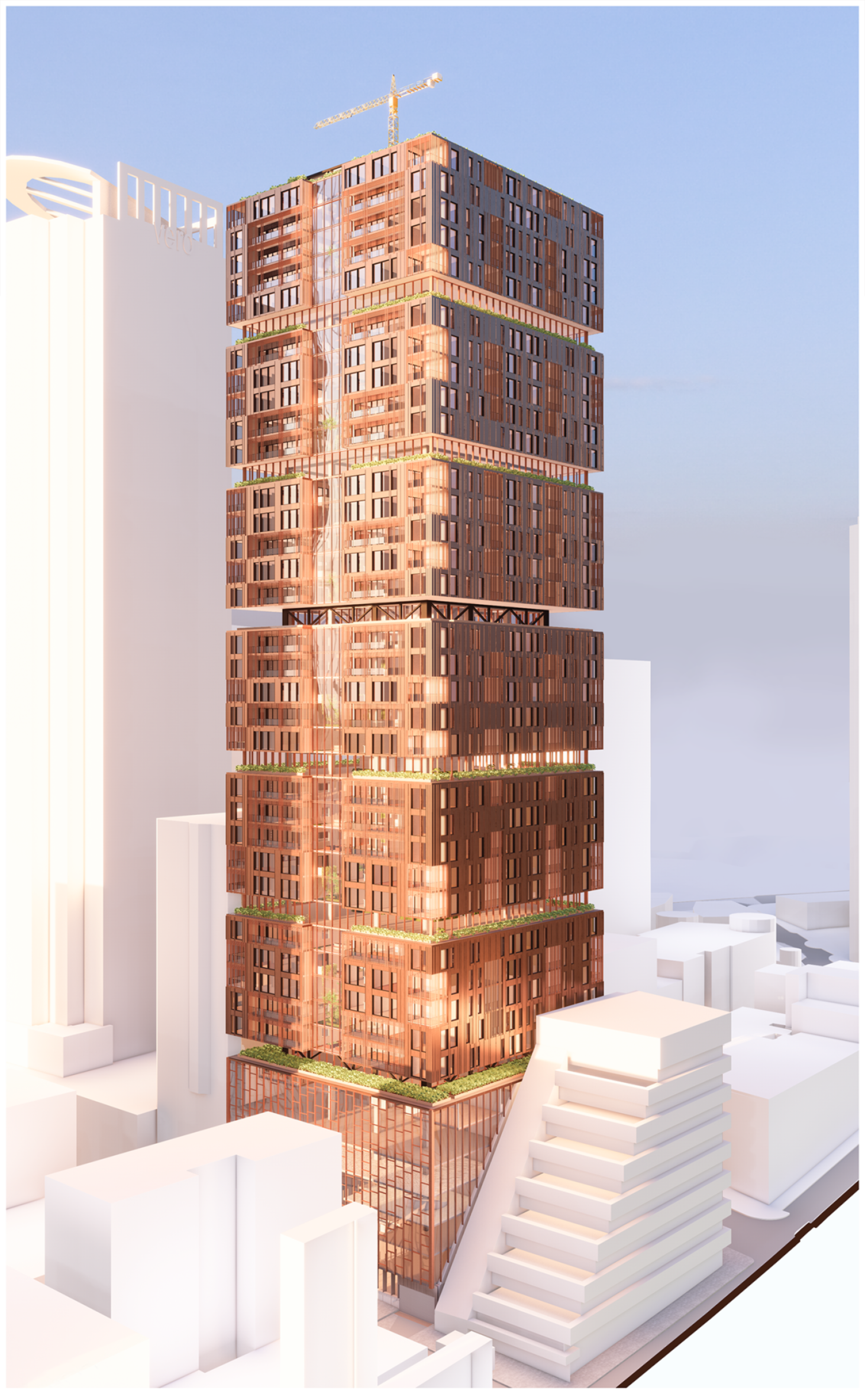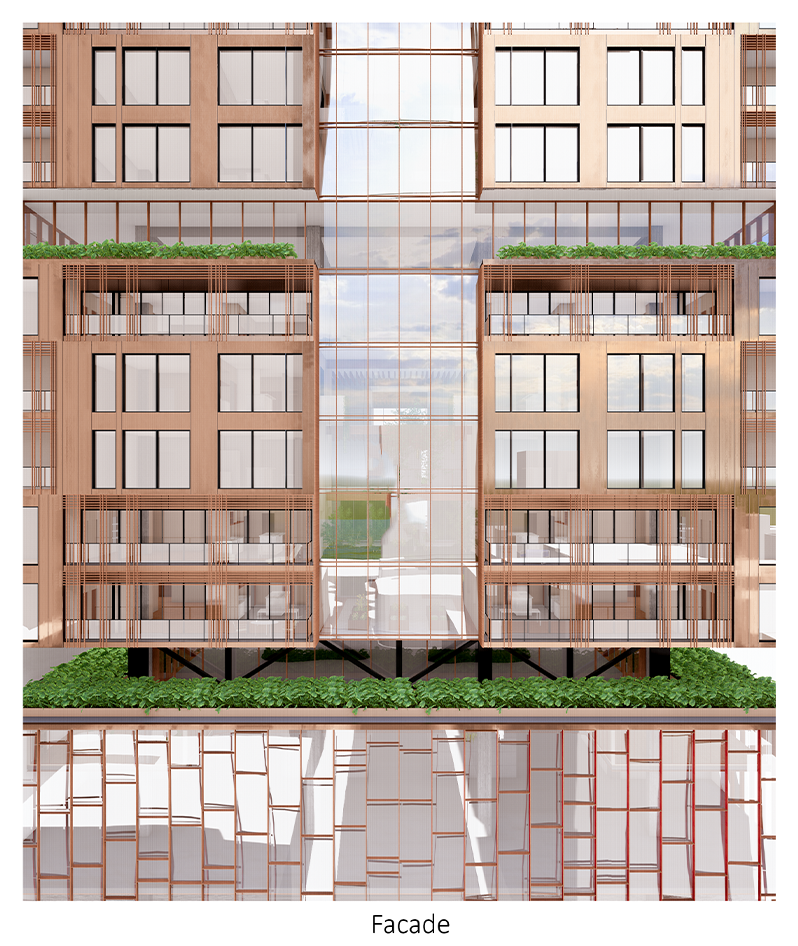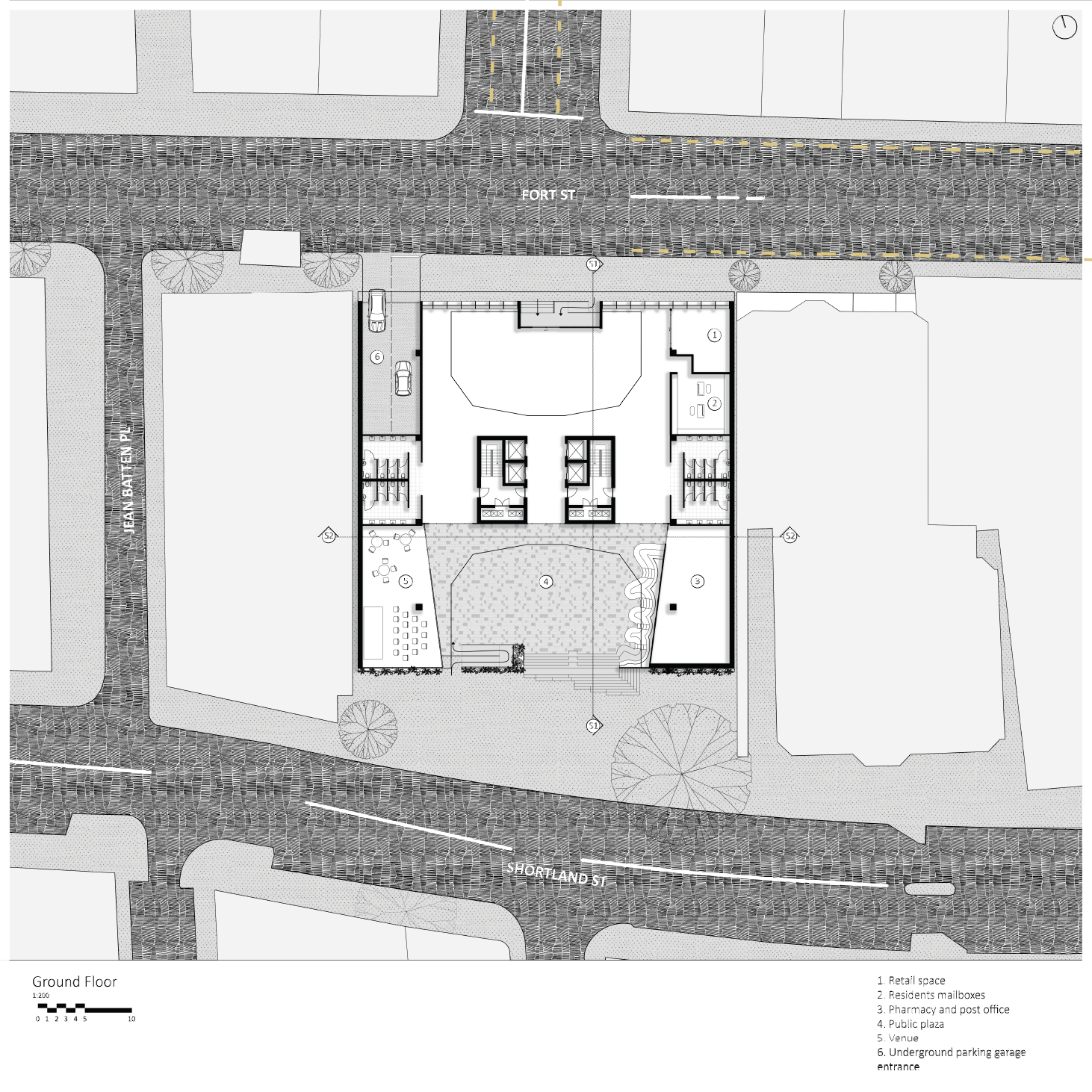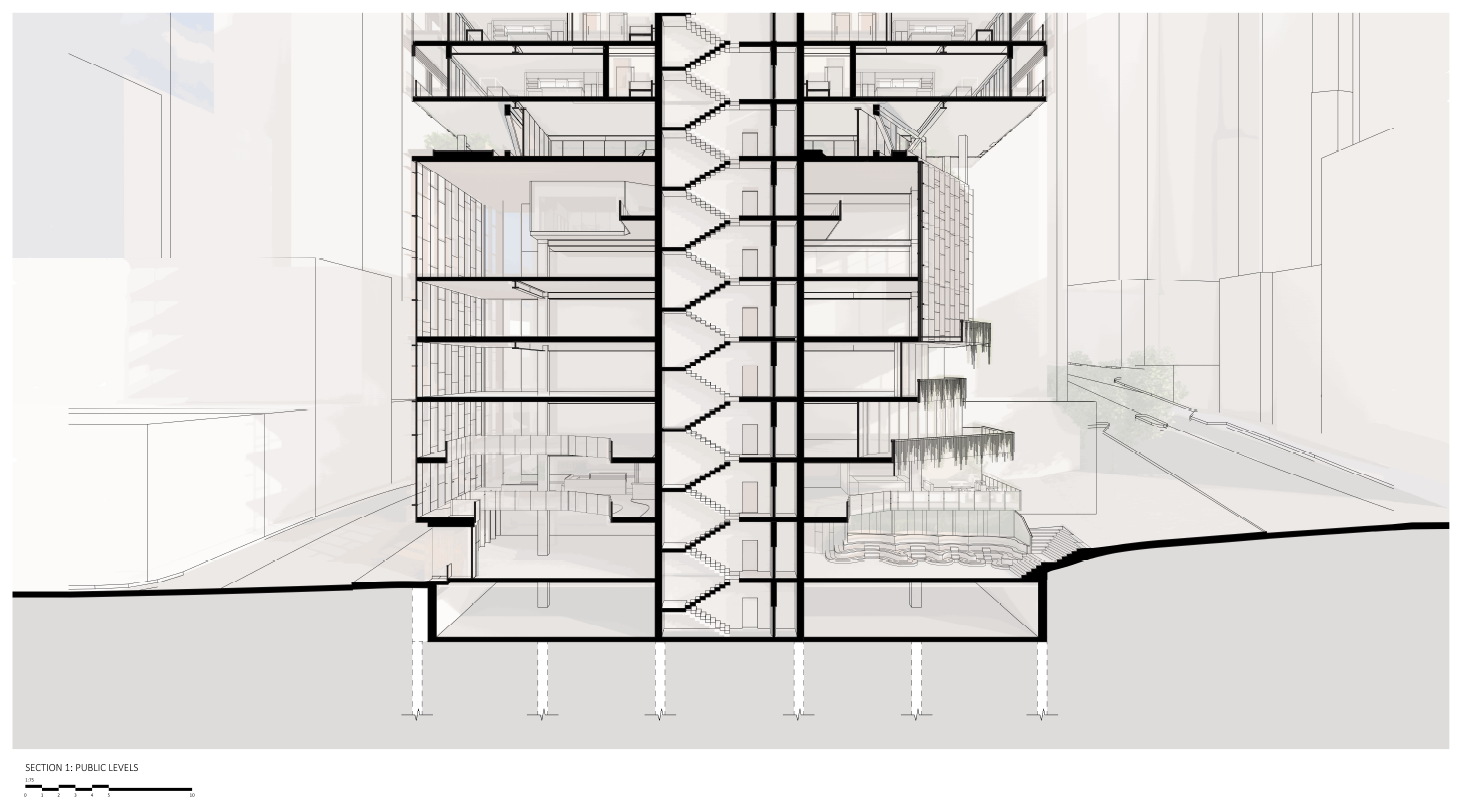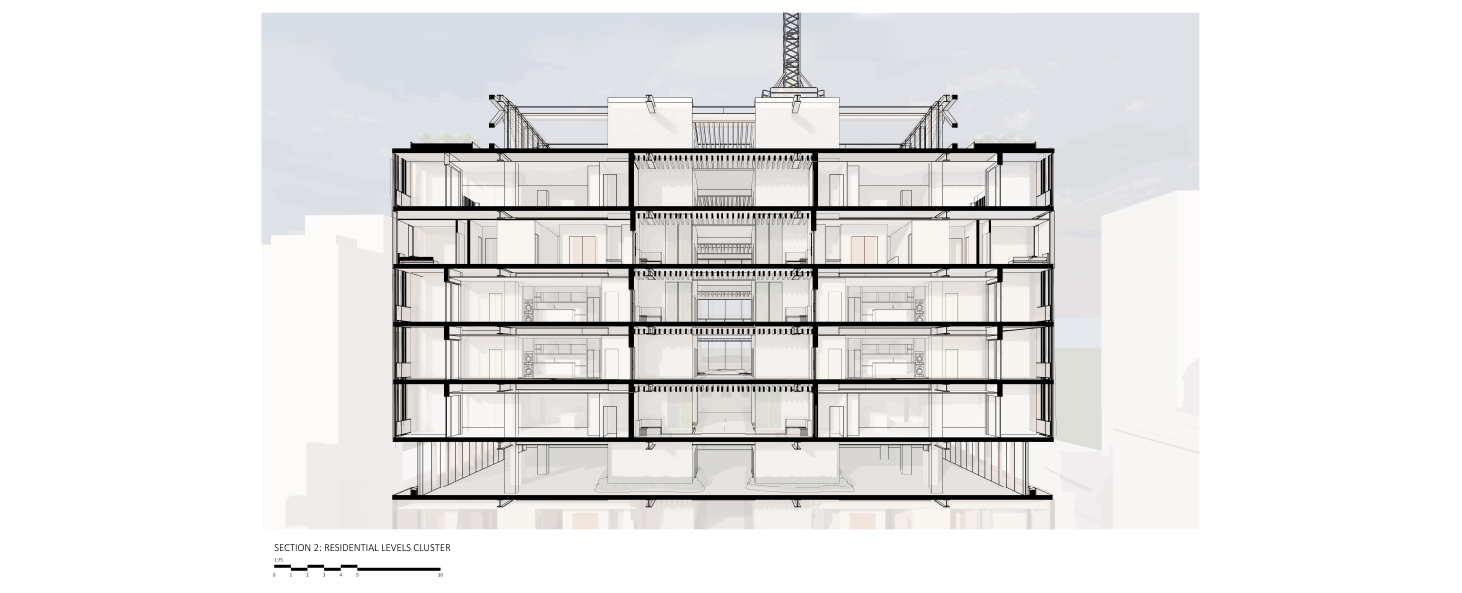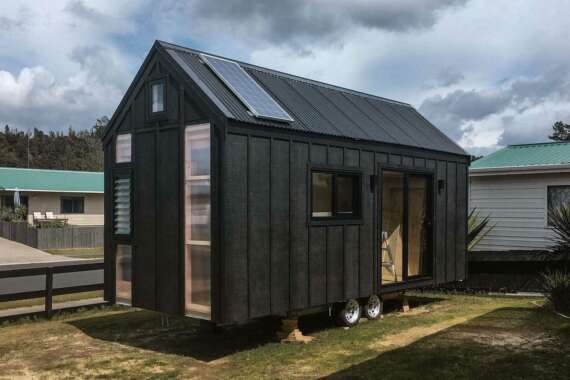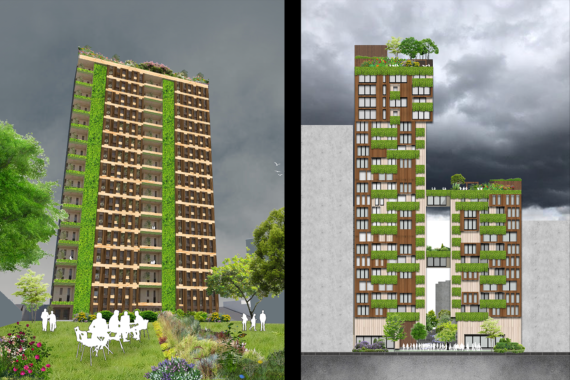A High-Density Multi-Generational Living Model for Auckland
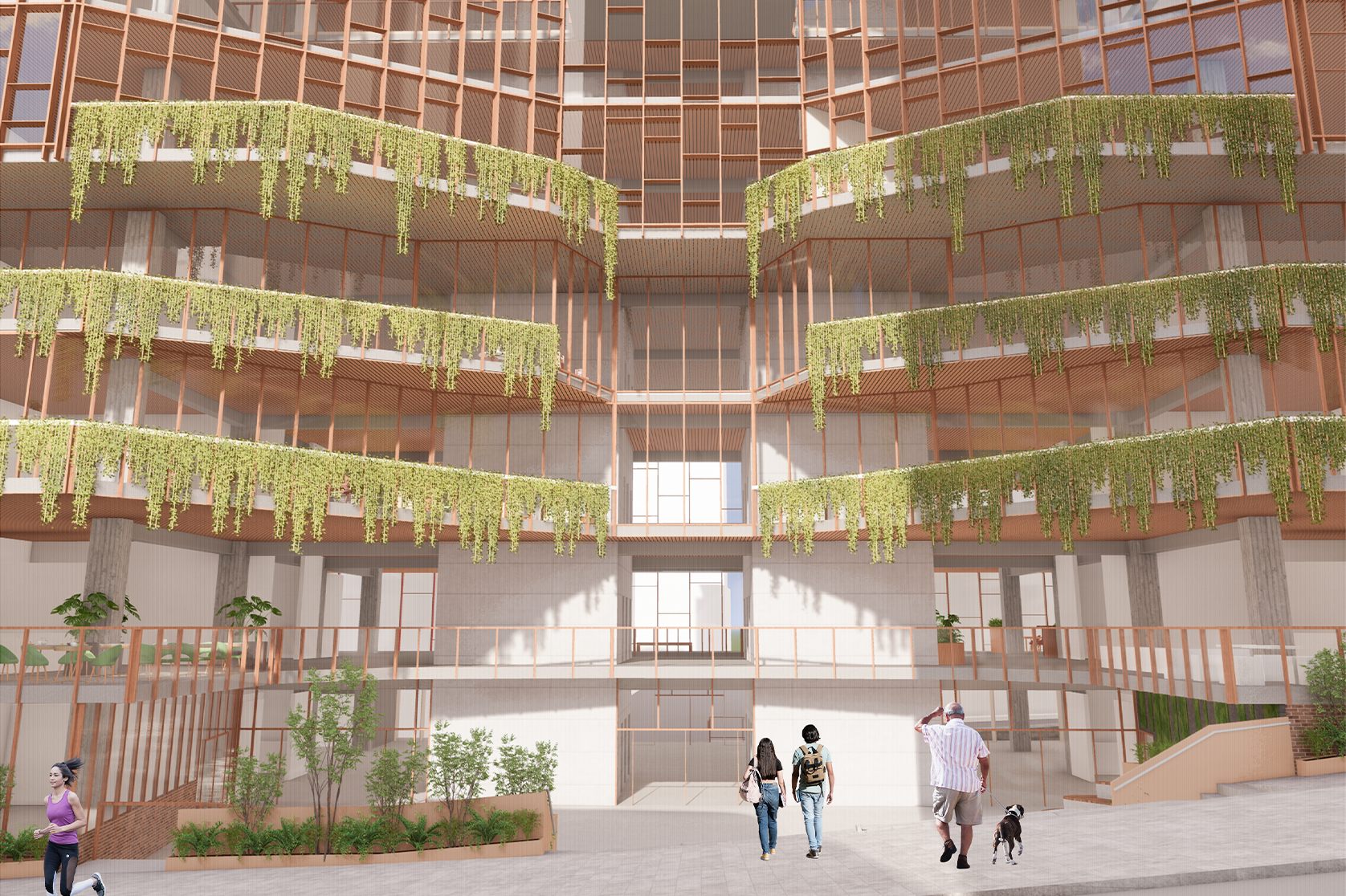
This thesis examines multi-generational living in New Zealand, defined as the co-residence of three or more generations within one household, which is increasingly significant given its rapid increase over the past two decades. Whilst there have been several low-density developments that address the needs of multi-generational living, there are no high-density housing projects of this nature in New Zealand. Traditionally, inner-city apartment living has been perceived as suitable primarily for working professionals, overlooking the substantial number of families living in Auckland CBD because of factors like limited housing options and proximity to workplaces and educational institutions.
This poses the design challenge of creating a high-density dwelling model that caters to families, including individuals at various life stages, to which this thesis responds. In the context of Auckland CBD, a high-rise of this nature could offer the advantages associated with inner-city living, including proximity to employment, amenities, and public transport, while reducing reliance on cars and improving security. Simultaneously, it can incorporate the benefits typically associated with suburban living, such as community engagement, access to gardens, and child-friendly recreational spaces. The design process was guided by a central research question: How might the development of a high-density multi-generational living model cultivate stronger social connections and enhance the well-being of people at various life stages in Auckland CBD?








